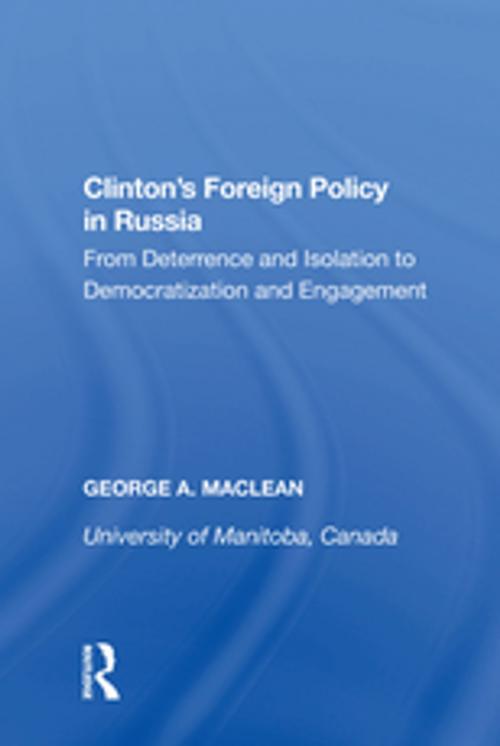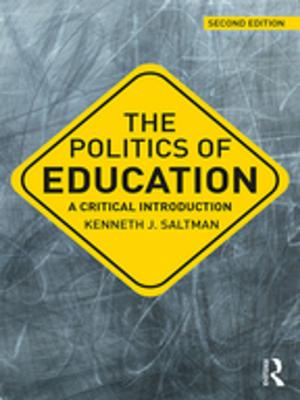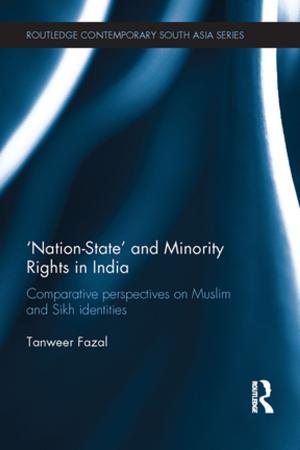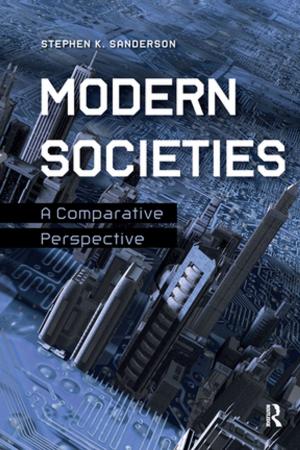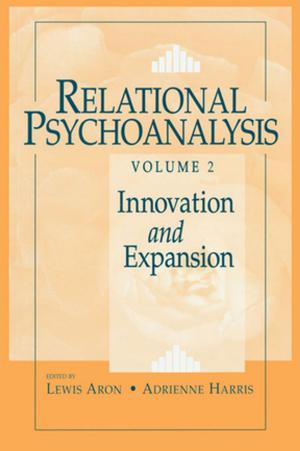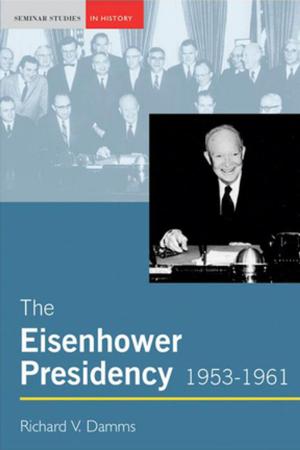Clinton's Foreign Policy in Russia
From Deterrence and Isolation to Democratization and Engagement
Nonfiction, Social & Cultural Studies, Political Science, International, International Relations| Author: | George A. MacLean | ISBN: | 9781351161503 |
| Publisher: | Taylor and Francis | Publication: | November 30, 2017 |
| Imprint: | Routledge | Language: | English |
| Author: | George A. MacLean |
| ISBN: | 9781351161503 |
| Publisher: | Taylor and Francis |
| Publication: | November 30, 2017 |
| Imprint: | Routledge |
| Language: | English |
Some of Bill Clinton's most basic foreign policy elements - democratic peace, the post-Cold War peace dividend, geopolitics and state-society relations - are epitomized in the US-Russian Highly Enriched Uranium (HEU) Purchase Agreement. It was one of the most remarkable initiatives of Clinton's presidency, but oddly one of the most obscure that still continues under George W. Bush. This agreement illustrates how successfully the US and Russia could work together to reduce global nuclear fears but also how a series of decisions pitted global designs over American domestic interests. Illustrating one of the most compelling decisions Clinton made as President, this remarkable book elucidates the theory of democratic peace and demonstrates a new and more advanced nuclear restraint regime, from reduction to elimination. The story behind Clinton's decision has repercussions for our understanding of arms control, foreign policy decision making and US-Russian relations. This is a book about the intersection of levels of analysis, international security concerns and domestic political economy, and as such is ideal as a supplementary text for advanced courses in security and foreign policy.
Some of Bill Clinton's most basic foreign policy elements - democratic peace, the post-Cold War peace dividend, geopolitics and state-society relations - are epitomized in the US-Russian Highly Enriched Uranium (HEU) Purchase Agreement. It was one of the most remarkable initiatives of Clinton's presidency, but oddly one of the most obscure that still continues under George W. Bush. This agreement illustrates how successfully the US and Russia could work together to reduce global nuclear fears but also how a series of decisions pitted global designs over American domestic interests. Illustrating one of the most compelling decisions Clinton made as President, this remarkable book elucidates the theory of democratic peace and demonstrates a new and more advanced nuclear restraint regime, from reduction to elimination. The story behind Clinton's decision has repercussions for our understanding of arms control, foreign policy decision making and US-Russian relations. This is a book about the intersection of levels of analysis, international security concerns and domestic political economy, and as such is ideal as a supplementary text for advanced courses in security and foreign policy.
